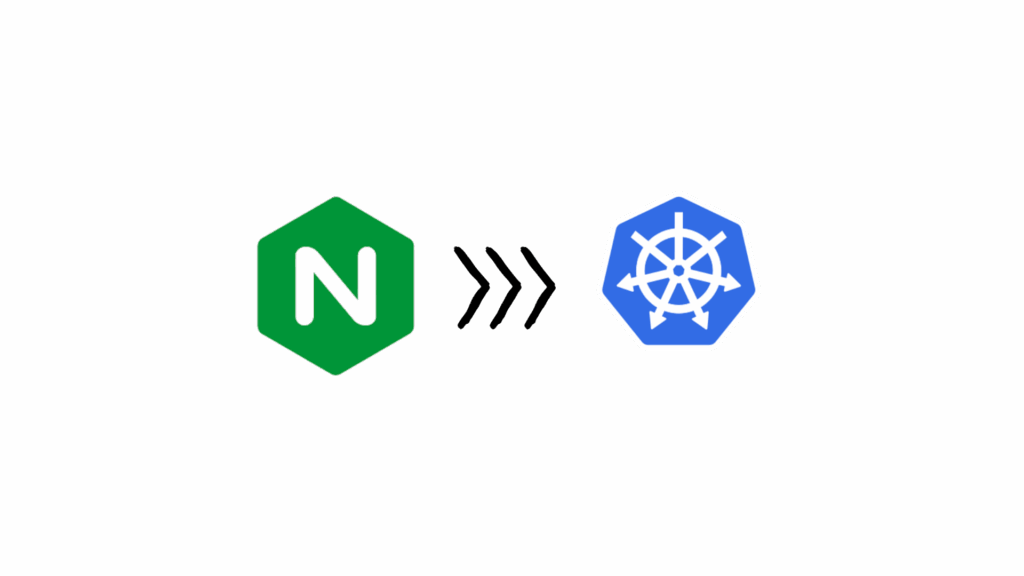
The Ansible limit option is one of the most useful yet often overlooked features for DevOps engineers. It allows you to control which hosts your playbook runs on whether you want to include only a few servers or exclude specific ones.
In this comprehensive guide, you’ll learn how to use the Ansible --limit option effectively with practical examples, tips, and best practices for automation at scale.
Table of Contents
- What Is the Ansible Limit Option?
- Syntax of the Ansible Limit Option
- Practical Examples
- Pro Tips for DevOps Automation
- External and Internal Resources
What Is the Ansible Limit Option?
The Ansible limit option lets you target a subset of hosts defined in your inventory file.
Instead of executing a playbook across all servers, you can limit execution to specific hosts or groups, or even exclude certain ones.
This option is especially useful when:
- You want to test a playbook on a single server.
- You need to skip maintenance on certain nodes.
- You’re debugging an issue on one or two hosts.
- You want to roll out changes gradually.
Syntax of the Ansible Limit Option
You can use the --limit argument with the ansible-playbook command:
ansible-playbook --limit 'pattern' playbook.ymlThe pattern can include:
- A single hostname
- Multiple hosts separated by colons
- Exclusion patterns (using
!) - Group names from your inventory
Execute a Playbook on a Single Host
ansible-playbook --limit 'hoost1' playbook.ymlRun the Playbook on Multiple Host
ansible-playbook --limit 'host1:host2' playbook.ymlTo exclude only host1 from execution use following command:
ansible-playbook --limit '!hoost1' playbook.ymlTo exclude host1 and host2 from execution and allow execution only in host3:
ansible-playbook --limit '!hoost1:!host2:host3' playbook.ymlPro Tips for Using the Ansible Limit Option
- Combine
--limitwith tags for precise targeting. - Use
@filenamesyntax to load host patterns from a file. - Integrate
--limitin CI/CD pipelines to control deployment environments dynamically. - Always test your limit patterns using the
ansible-inventory --listcommand.
Learn More About Ansible
If you’re new to Ansible or want to deepen your understanding, check out:
Also, read our internal guide:
Ansible Best Practices for Playbook Structure
Mastering the Ansible limit option helps you gain fine-grained control over your automation workflows. Whether you’re excluding a problematic host or deploying only to selected servers, this feature keeps your operations clean, safe, and efficient.
If you found this guide helpful and want to stay updated on DevOps automation, Ansible tips, and infrastructure optimization, subscribe to our newsletter today!


